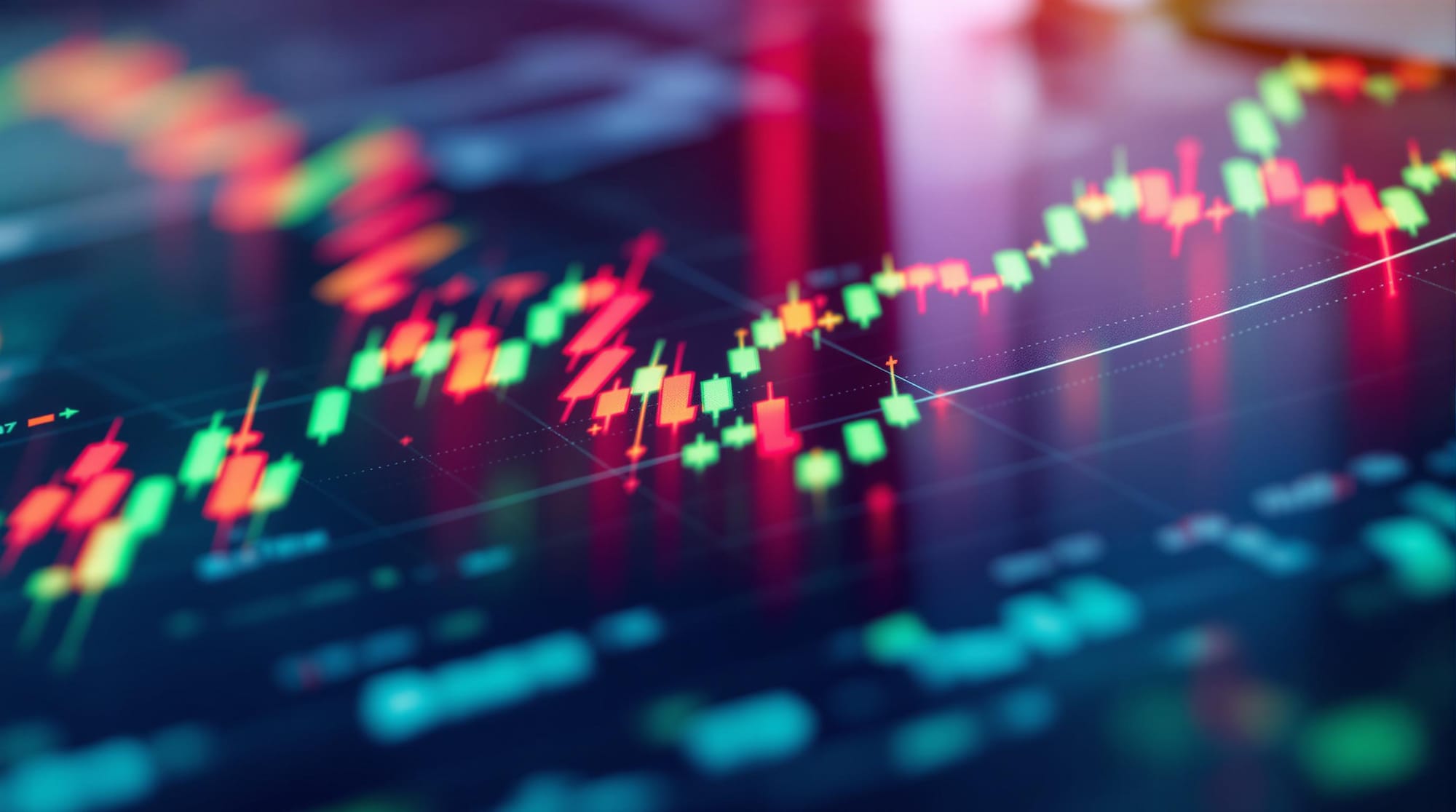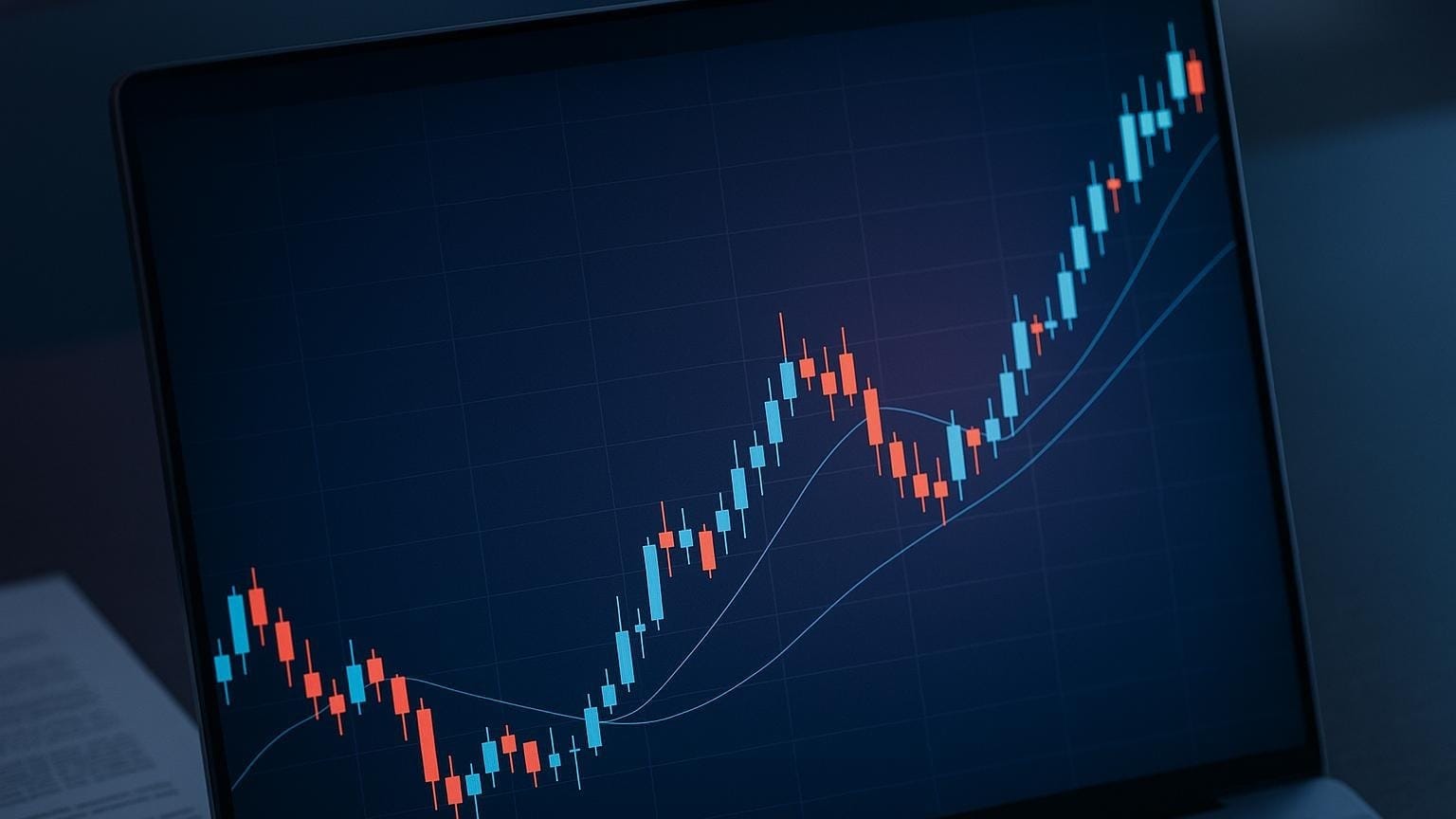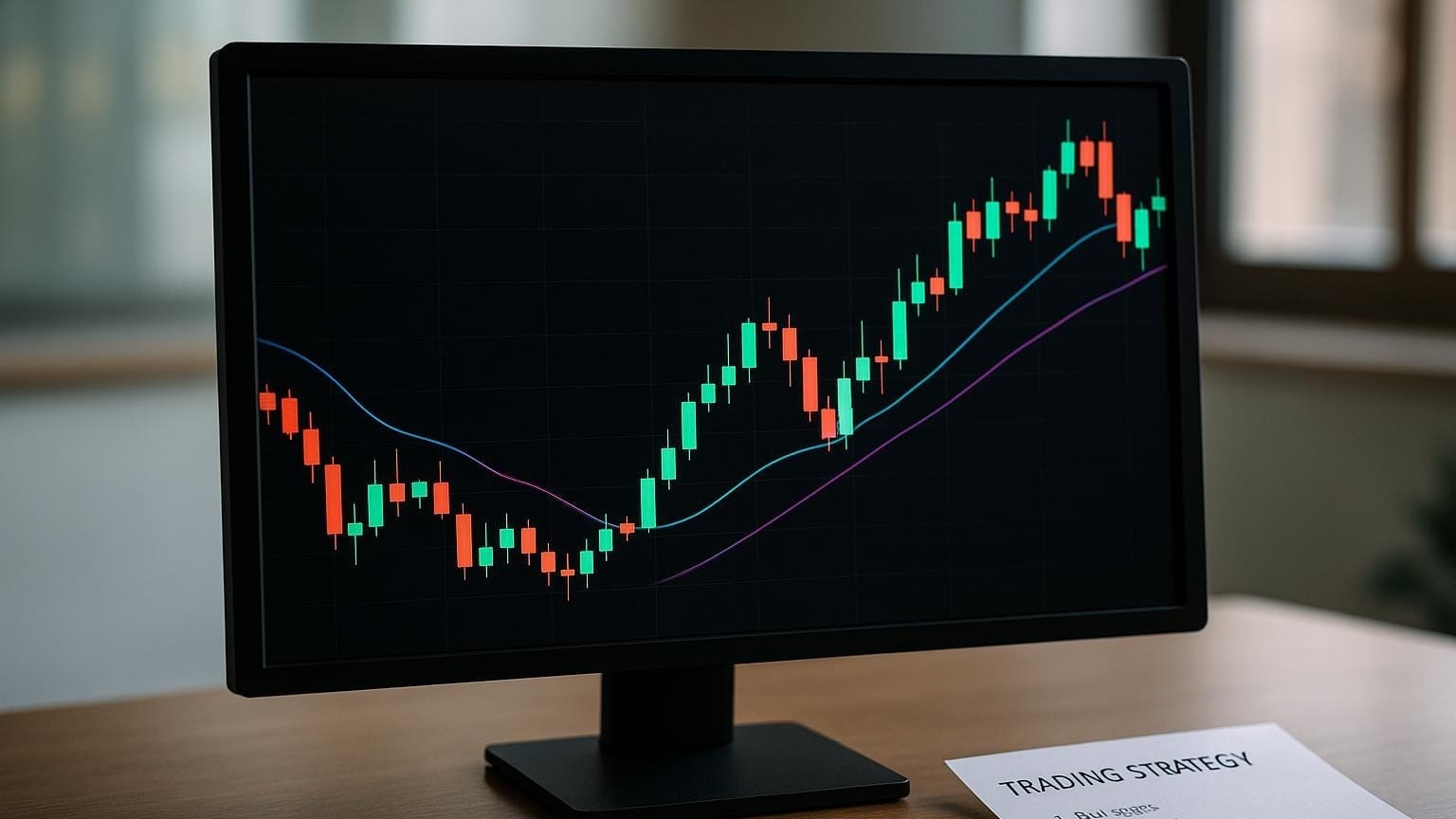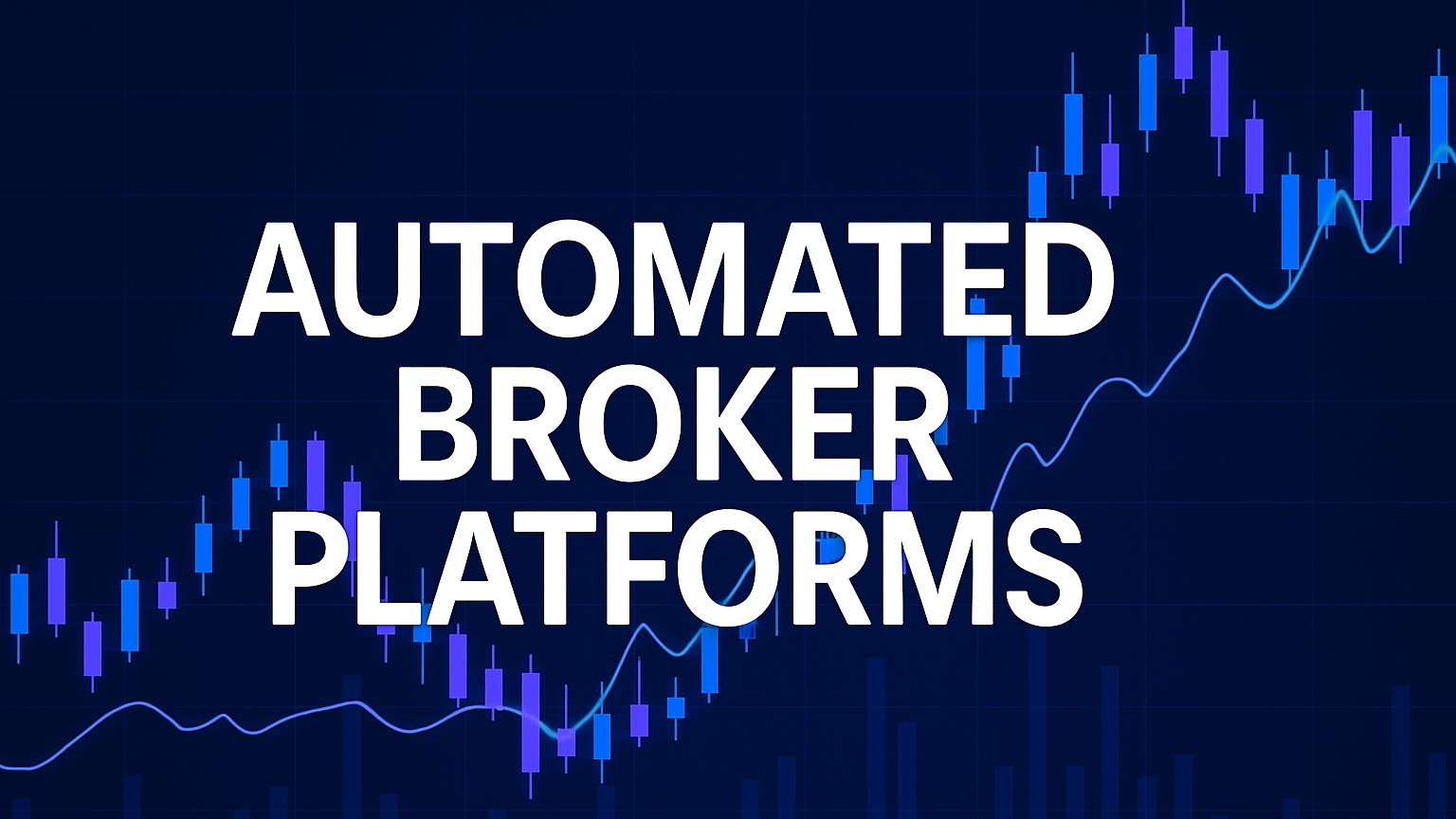Discover essential factors for selecting reliable market data sources for successful algorithmic trading, focusing on accuracy, speed, and coverage.
Accurate and fast market data is the backbone of successful algorithmic trading. Here's what you need to know:
- Why It Matters: Poor data quality costs U.S. companies billions annually, and delays or errors can result in massive losses (Knight Capital's $440 million loss in 45 minutes).
-
Key Factors to Evaluate Data Providers:
- Accuracy: Ensures reliable trading decisions.
- Speed: Critical for real-time strategies.
- Coverage: Supports diverse markets and assets.
- Costs: Real-time data for one stock can cost around $10,000 per year, while broader coverage for five stocks may reach $25,000. Delayed data is cheaper but often unsuitable for time-sensitive strategies.
-
How to Choose:
- Check data quality (accuracy, completeness, consistency, timeliness).
- Assess latency and system compatibility.
- Balance cost with trading performance needs.
- Tools and Providers: LuxAlgo provides professional tools on TradingView including Price Action Concepts (PAC), Signals & Overlays (S&O), and Oscillator Matrix (OSC). Plans include a free option plus paid tiers; see pricing below.
Quick Comparison of Key Factors
| Factor | Importance | How to Evaluate |
|---|---|---|
| Accuracy | Impacts trading decisions | Compare data across providers. |
| Speed | Affects real-time responses | Measure latency and update speeds. |
| Coverage | Expands trading options | Check markets, assets, and history. |
To succeed, focus on maintaining high-quality data, strong system infrastructure, and regular monitoring to avoid costly errors.
Find Your Ideal Data Sources for Algorithmic Trading
How to Evaluate Market Data Sources
When choosing market data sources, it's crucial to assess them based on their quality, speed, and coverage. Here's how to break it down:
Data Quality Standards
Data issues can cost U.S. businesses billions annually, directly affecting trading outcomes. To ensure reliability, focus on these key areas:
| Quality Factor | What It Means | How to Check |
|---|---|---|
| Accuracy | Data matches the actual source of truth. | Compare data across multiple providers. |
| Completeness | No gaps or missing information. | Examine historical records for missing periods. |
| Consistency | Data behaves predictably over time and across datasets. | Look for consistent trends and patterns. |
| Timeliness | Data is delivered quickly and within expected timeframes. | Track update speeds and latency. |
Once quality is confirmed, the next step is to evaluate how quickly the data is delivered.
Data Speed Requirements
In algorithmic trading, even small delays can impact profits. To assess data speed, follow these steps:
- Measure latency by comparing timestamps between price updates and order placements.
- Use low-overhead tools like native performance counters instead of functions such as
datetime.now(). - Simulate exchange conditions to test system performance under realistic scenarios.
Market and Asset Coverage
Coverage is another critical factor. For example, TradingHours.com includes 1,156 markets across 104 countries. Evaluate coverage based on:
- Geographic reach: How many countries and exchanges are included?
- Asset classes: Does it cover stocks, bonds, options, futures, and other instruments?
- Historical data: How comprehensive and reliable is the past market data?
- Real-time updates: Is data available during active trading hours?
Price and Return Analysis
Weigh the cost of data against potential trading performance improvements. Real-time data feeds often come at a higher cost but are essential for strategies requiring immediate updates. Delayed feeds may be more affordable yet less effective for time-sensitive trading.
Technical Requirements
Finally, the technical compatibility of the data source with your trading system is essential. Key factors to consider:
- API compatibility: Does the provider's API integrate smoothly with your platform?
- Data formats: Ensure support for formats such as CSV, JSON, or FIX protocols.
- Processing capacity: Can the provider handle the volume of data you need?
- Error handling: Look for systems that can identify and address anomalies effectively.
"Data quality is defined as the degree to which data meets a company's expectations of accuracy, validity, completeness, and consistency." – Alation
Market Data Provider Reviews
"Evaluating providers in real-world scenarios reinforces the key criteria for market data selection."
LuxAlgo: Tools Designed for Traders
LuxAlgo provides trading tools on TradingView tailored for various strategies. Explore the PAC Toolkit for automated price action, the Signals & Overlays indicator for signals, overlays, and alerts, and the Oscillator Matrix for money-flow–based trend analysis. You can also use PAC Screener and OSC Screener to scan markets, or PAC Backtester to evaluate rules before going live.
For rapid strategy research, try AI Backtesting Assistant—LuxAlgo’s AI agent for creating trading strategies—then read the documentation and recent updates on the blog and the full breakdown here. If you prefer browsing indicators on TradingView, check the LuxAlgo profile, the Trending Market Toolkit, and the Statistical Trailing Stop.
LuxAlgo offers subscription plans to suit different trading needs:
| Plan | Monthly Cost | Features |
|---|---|---|
| Free | $0 | Hundreds of tools across 5+ platforms; access to the Library selection with a free account |
| Premium | $39.99 | Advanced signals, overlays, and oscillator tools on TradingView (e.g., S&O, OSC) |
| Ultimate | $59.99 | Includes the AI Backtesting Assistant platform |
One example of its impact: trader Çağrı Güler reported a 25% capital gain in his first week using LuxAlgo's advanced indicators, showing how premium tools can elevate trading outcomes. Results vary; trading involves risk and past performance does not guarantee future results.
Comparing Paid and Free Data Sources
After exploring LuxAlgo, it’s worth noting the differences between paid and free market data. Paid sources typically deliver better accuracy, lower latency, broader coverage, and dedicated support. In contrast, free sources offer basic information but often come with limitations. Many traders combine both to ensure they have comprehensive and dependable data.
"Hands down BEST indicators you can find... 100% worth EVERY SINGLE PENNY. I can't say this enough. I tell every trader I care about to get it."
– Eric Bland
When choosing a market data provider, think about your trading strategies and the level of support needed to achieve your goals.
Setting Up Data Systems
Data Processing Steps
Efficient data processing starts with the right infrastructure. To handle large-scale data quickly, use high-speed CPUs, low-latency memory, and SSDs. For example, QuantConnect employs these technologies to process over $45 billion each month.
To further reduce latency, incorporate direct market data feeds, compression techniques, and parallel processing.
Data Quality Control
Ensuring high-quality data is crucial for reliable outcomes. Here's a breakdown of key aspects:
| Quality Aspect | Implementation Method | Monitoring Frequency |
|---|---|---|
| Accuracy | Cross-check with multiple sources | Real-time |
| Timeliness | Verify the latest data updates | Continuous |
| Consistency | Validate uniform formats | Daily |
| Completeness | Detect gaps using algorithms | Hourly |
Real-time monitoring systems help identify and fix data quality issues as they arise.
Once data is validated and processed, the focus shifts to setting up reliable live feeds for real-time trading.
Live Data Setup
To enable live data feeds, integrate software and infrastructure effectively. For instance, Algomojo connects with platforms such as Amibroker, TradingView, and MetaTrader 5 using WebSocket technology.
Three key infrastructure elements improve speed and reliability:
- Co-location Services: Hosting trading servers close to exchange locations minimizes latency by utilizing exchange data-center rack space.
- Network Optimization: High-speed, low-latency connections are essential. Advanced wireless technologies can even outperform traditional fiber networks.
- Data Feed Integration: Unified APIs, such as QuantConnect's LEAN engine, make it easier to connect with data sources like US SIP, CME, FX, and major cryptocurrency exchanges.
Data Management Guidelines
Data Storage Methods
Algorithmic trading relies heavily on efficient data storage systems to handle large volumes of data with quick access. A common best practice is the 3-2-1 rule: keep three copies of your trading data, store them on at least two different types of media, and ensure one copy is kept offsite. Here's how you might apply this:
| Storage Type | Primary Use | Key Benefit |
|---|---|---|
| SSD Arrays | Live trading data | Extremely fast access |
| Network Storage (NAS) | Historical data | Simplifies team access |
| Cloud Backup | Disaster recovery | Provides offsite safety |
For high-frequency trading, Storage Area Networks (SAN) are particularly effective. They offer better performance than traditional NAS systems by reducing latency and handling more simultaneous users.
Data Maintenance Schedule
Once your data is stored securely, regular maintenance is essential to avoid costly trading issues. Use this schedule as a guide:
| Timeframe | Task | Verification Method |
|---|---|---|
| Daily | Validate price data | Cross-check multiple sources |
| Weekly | Confirm data completeness | Use automated gap-detection tools |
| Monthly | Back up historical data | Conduct integrity checks |
| Quarterly | Optimize storage systems | Run performance benchmarks |
"When you feed your ML/AI models data related to real-world events, then you need to monitor real-world activity. Election years, natural disasters, or even the COVID-19 pandemic can dramatically redefine 'normal' and confuse models." – Spencer Burns
To maintain high standards, aim for around 93.33% data completeness. Automated monitoring systems are critical for tracking both the quality of data collection and its accuracy.
Error Handling Procedures
Strong error-handling processes are just as crucial as storage and maintenance. Focus on these three areas to protect your trading operations:
- Immediate Detection
Use automated tools to monitor incoming data for irregularities. Set thresholds for price changes and trading volumes to instantly flag issues. - Rapid Response
Have clear protocols ready for addressing errors. For example, if a price feed fails, automatically switch to a backup source while recording the event. - Prevention Measures
Regularly verify data accuracy and integrity by cross-referencing multiple sources. During unusual market events, ensure human oversight is part of the process.
Conclusion
Accurate market data is the backbone of successful algorithmic trading. To consistently perform well, traders must carefully weigh factors such as speed, cost, and system reliability. Academic and vendor case studies report a wide range of results; always validate methods and understand that past performance does not guarantee future returns.
Key takeaways:
- Data Quality and Speed: LuxAlgo toolkits demonstrate how fast, reliable chart analytics and alerts can improve decision-making.
- Cost-Effective Options: Direct exchange feeds offer low latency but can be expensive. Many data vendors provide alternatives that balance cost with acceptable latency and reliability.
- Infrastructure and Management: Strong data-management systems are a must for maintaining performance and reliability.
Advancements in trading technology have made sophisticated resources more accessible. Explore LuxAlgo features, the AI Backtesting Assistant, and the AI chat entry point to accelerate your research workflow.
The performance of your trading system is only as good as the data it relies on. By focusing on data accuracy, scheduling regular system maintenance, and implementing robust error-handling processes, traders can create a system built for long-term success and stay resilient in an ever-changing market environment.
References
- LuxAlgo — Official Site
- Price Action Concepts (PAC) — Introduction
- Signals & Overlays — TradingView Page
- Oscillator Matrix — Introduction
- Screener (PAC) — Introduction
- Screener (OSC) — Introduction
- Backtester (PAC) — Introduction
- AI Backtesting Assistant — Main Page
- AI Backtesting Assistant — Docs
- New AI Backtesting Features — Blog
- AI Backtesting Assistant — Complete Breakdown
- LuxAlgo — TradingView Profile
- Trending Market Toolkit — TradingView
- Statistical Trailing Stop — TradingView
- LuxAlgo Features — Algos
- Knight Capital $440 Million Loss — DealBook
- TradingHours.com — Global Markets & Hours
- QuantConnect — Cloud Quant Platform
- Algomojo — Algo Trading Bridge
- Amibroker — Charting & Backtesting
- TradingView — Charting Platform
- MetaTrader 5 — Trading Platform








